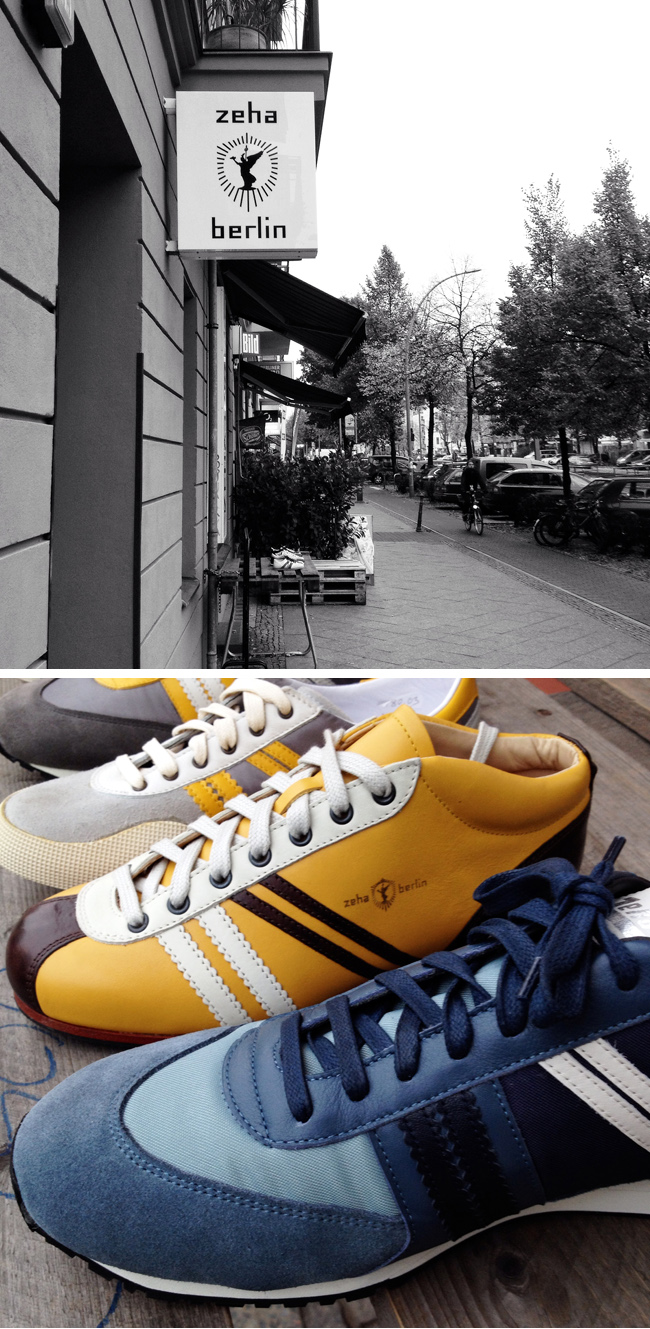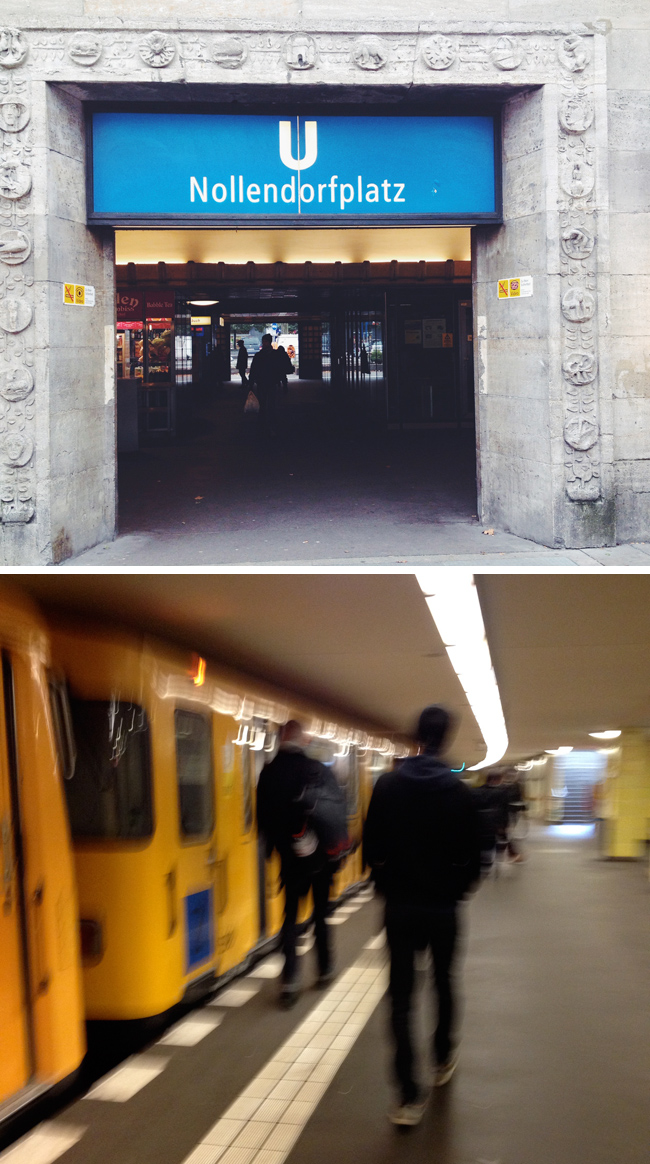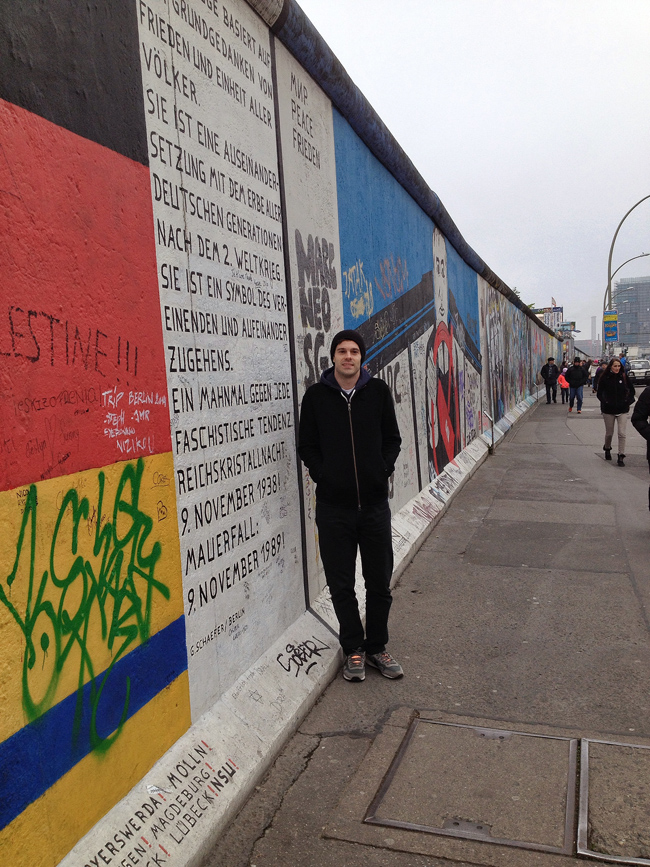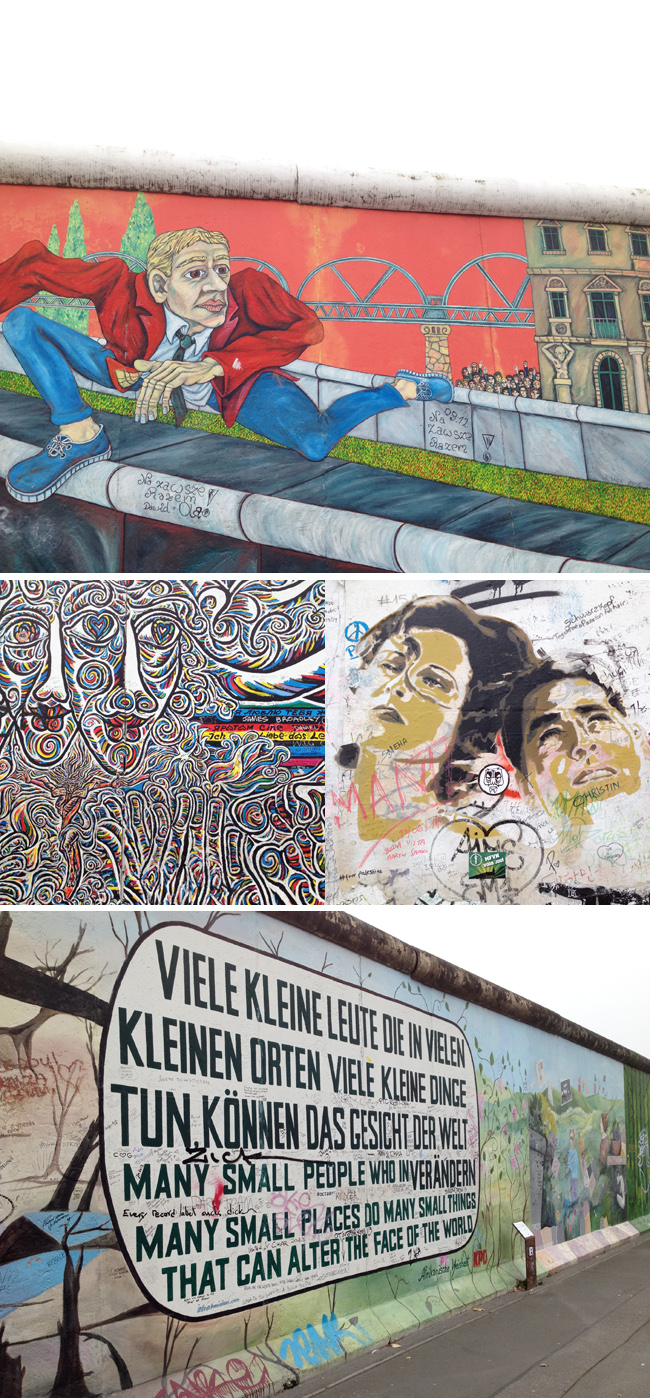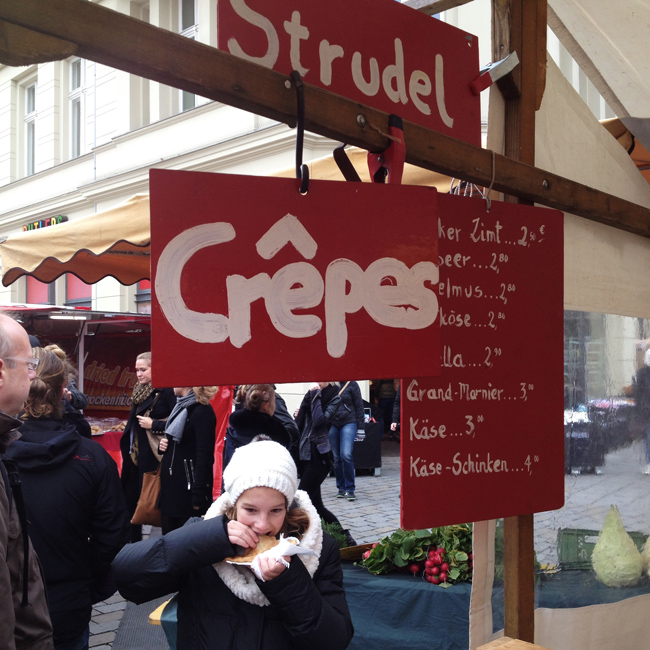The European holiday markets are one of the pleasures of the season, and while we definitely have more to share from last month, I wanted to write a timely holiday post from last Saturday at the Nürnberger Christkindlesmarkt!
Nürnberg is known for having one of the oldest and most magical markets in Germany, where it is a 400-year-old Christmas tradition. A Christmas Angel opens this market before the first Sunday of Advent and it is open daily through Christmas Eve.
The star of the show is lebkuchen, which was baked by the monks of Ulm and Nürnberg as early as the 14th C. This German gingerbread or “honeycake” (made from ground almond and hazelnut, honey, candied citrus and spice) is a seasonal novelty and Christmas tradition. You will find all types of lebkuchen in the markets, but true Nürnbergerlebkuchen is so famous that the name is protected and must be produced within the city. One variety is Nürnberger–Elisen Lebkuchen, which is regarded as the finest version you can buy and is made without flour.
As a child, I tried my first bites of Lebkuchen when a family friend from Germany would drop off her yearly plate of holiday cookies at my grandparent’s house. I loved it. We called them “host cookies” because the chewy gingerbread is baked on a baking wafer similar to what we had tried at our first communion (an idea from the monks to keep the dough from sticking to the pan). Now I know the other name, Oblaten Lebkuchen, and also that if you search for an ‘authentic’ lebkuchen recipe, you will easily find 100. I have been gathering my favorites, because it seems that everyone should have their own lebkuchen recipe.


One of the funniest traditions in Nuremberg is the Zwetschgenmännle, the Prune People! The characters are pictured on the market signage, but we saw just one booth actually selling them- and only two amused patrons (us)! They are decorative figures made of wire and dried prunes with painted walnut faces that were dressed up in costumes for children. Kids are not so easily amused these days. Just part of the folklore.
Hot, mulled wine in Germany and Austria is Glühwein “Glow Wine”. There are many varieties of this drink throughout northern Europe, so I would guess that many have become acquainted with it and know how it is made! Simmered red wine with citrus and spices and sometimes garnished with seasonal fruits. The first pour of the season is served at the Weihnachtsmarkts, and it festively flows! It is often mixed with a shot of brandy, which is the way we enjoy it.
Sipping on steaming glühwein as you browse the booths of holiday items is a big part of the tradition — There is a lot to see. Wooden and glass-blown ornaments, candy, cookies, glass, pottery, incense, and a few of the oddities (ie, prune people) that always seem to find their way to a public market.



The largest market in Nürnberg is the Christkindlesmarkt, which is where we spent most of the day. Though smaller markets are scattered throughout the medieval-style Altstadt, where you can buy mistletoe, advent wreaths, spicy Nürnberg sausage, gebrannte mandeln…roasted almonds, more lebkuchen, and more glühwein. Nürnberg really shines at this moment of the year, and the warmth of these markets on a grey winter day is truly something special.



Links
This was our second visit to Nuremberg! I posted about our first visit earlier this year here.
Martha Stewart’s Lebkuchen Recipe
Order Oblaten wafers in the USA (or bravely attempt to make your own)
Recipe for flourless Elisenlebkuchen -or-
Purchase Nuremberg-style Elisenlebkuchen in the USA from Leckerlee
You can watch the opening of the Nürnberger Christkindlesmarkt here.







